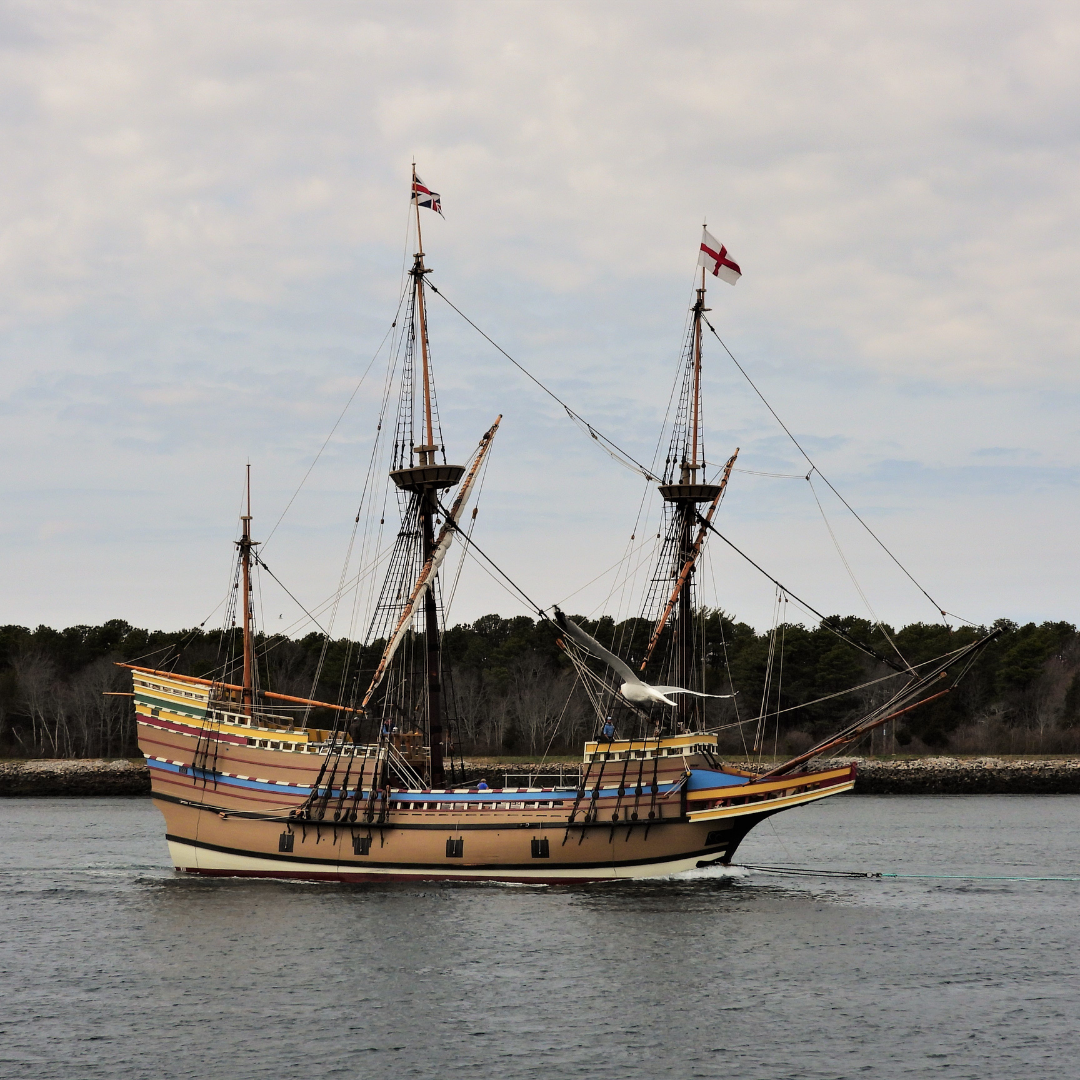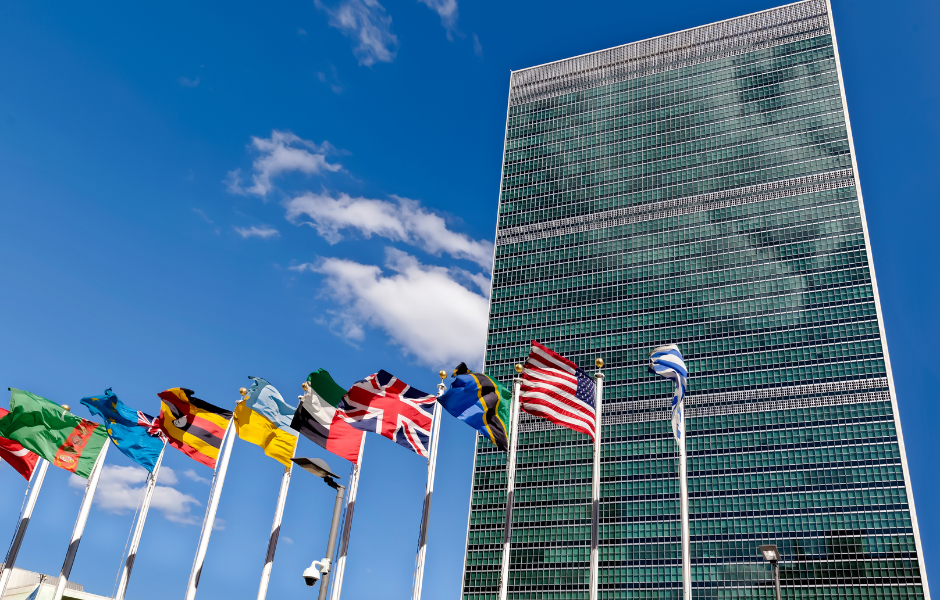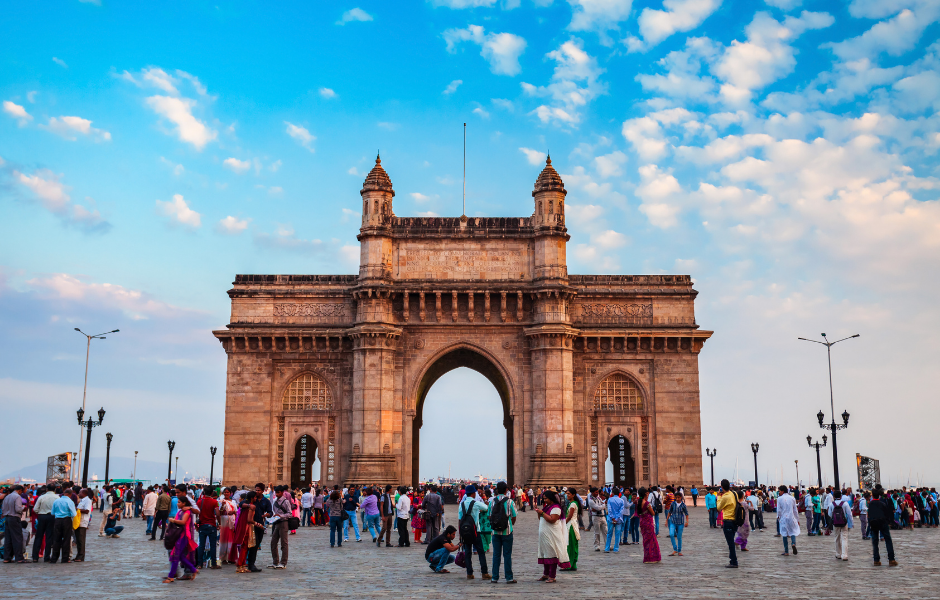
This children’s article, Who were the Pilgrims: a kids’ guide to the voyage that changed history, has been written for native English speakers and learners of English as a second or foreign language. It can help children build vocabulary, learn about the Pilgrims, and understand why they sailed across the Atlantic Ocean. Written by Mark Pulley, a teacher and writer who creates fun and informative news articles for English learners.
Who were the Pilgrims?
The Pilgrims were a group of English people who, for different reasons, wanted to leave England for a new life in a new land.
Many of them wanted to live in a place where they could freely follow their religion. In England, they were not allowed to worship in the way they believed was right, so they separated from the official church. Because of this, they were sometimes called “separatists”.
At first, many of them moved to the Netherlands, where they could worship freely. But life there was difficult. They worried their children might lose their English language and traditions. So they decided to try something very bold: to travel across the Atlantic Ocean to North America and start a new life.
The dangerous journey on the Mayflower
Not all the passengers making the journey were separatists. Some were adventurers, workers, or just people hoping for a fresh start. Together, they became known as the Pilgrims.
In September 1620, after one failed attempt, they set sail from England on a ship called the Mayflower. The voyage was long and uncomfortable. Nearly 130 people crowded together in a small wooden ship for more than two months. They faced storms, sickness, leaks, and freezing winds. Many passengers were seasick, and fresh food quickly ran out.
But despite the dangers, the Mayflower finally reached land in November 1620.
Landing in a place they did not expect
The Pilgrims had planned to settle near the Hudson River, in an area that is now part of New York. Instead, storms pushed their ship north, and they landed at Cape Cod, in what is now the state of Massachusetts.
Before they even got off the ship, they wrote an agreement called the Mayflower Compact. It set out rules for how they would work together and run their new community. This document is often seen as an early step toward democracy in America.
A few weeks later, they moved across the bay and began building a settlement they called Plymouth.
Life in the New World
Life in Plymouth was extremely tough at first. The Pilgrims arrived at the start of winter, and they had little food or shelter. Many became ill, and almost half of the settlers died in the first few months.
Things began to improve when they met the Wampanoag people, who already lived in the region. The Wampanoag showed the Pilgrims how to plant corn, find fish, and survive the harsh weather. Without their help, the Pilgrims might not have made it through the year.
Although this story is often linked to Thanksgiving, the Pilgrims’ journey is really about courage, hardship, cooperation, and the founding of one of the earliest European settlements in North America.
What happened next?
Over time, Plymouth grew into a small but successful colony. More settlers arrived from England, and the community slowly expanded. The Pilgrims kept close records of their lives, including a detailed account by William Bradford, who later became governor of Plymouth.
The story of the Mayflower Pilgrims is still remembered today because it helped shape early American history and influenced ideas about community, freedom, and self-government.

Article vocabulary list
- Pilgrim: A person who travels for religious reasons.
- Voyage: A long journey, usually by sea.
- Compact: An agreement made by a group of people.
- Settlement: A small community created in a new place.
- Worship: To practise religious beliefs.
- Colony: A place where people from one country settle in another land.
- Democracy: A system where people help make decisions about how they are governed.
- Harsh: Very difficult or unpleasant, especially about weather or conditions.
Comprehension questions
Just click the plus (+) to see the answer
1. Why did many of the Pilgrims leave England in the first place?
A) They wanted to search for gold
B) They were not allowed to follow their religion freely
C) They were invited to teach in America
Answer: B) They were not allowed to follow their religion freely
2. Who helped the Pilgrims survive their first year in Plymouth?
A) The Wampanoag people
B) A group of Spanish sailors
C) French traders
Answer: A) The Wampanoag people
3. What was the name of the ship that carried the Pilgrims across the Atlantic?
A) The Silver Star
B) The Mayflower
C) The Ocean Cloud
Answer: B) The Mayflower
4. What was the purpose of the Mayflower Compact?
A) To list foods they would grow in Plymouth
B) To agree on rules for their new community
C) To teach children how to read
Answer: B) To agree on rules for their new community
5. What was the main reason the Pilgrims struggled after landing in America?
A) They arrived in winter with little food or shelter
B) They lost all their supplies at sea
C) They forgot how to build houses
Answer: A) They arrived in winter with little food or shelter

Mark is a writer and EFL teacher from England with eight years’ experience. He’s passionate about travel, sport (especially football), animals, nature, and history, and enjoys helping children explore the world through language and learning.




